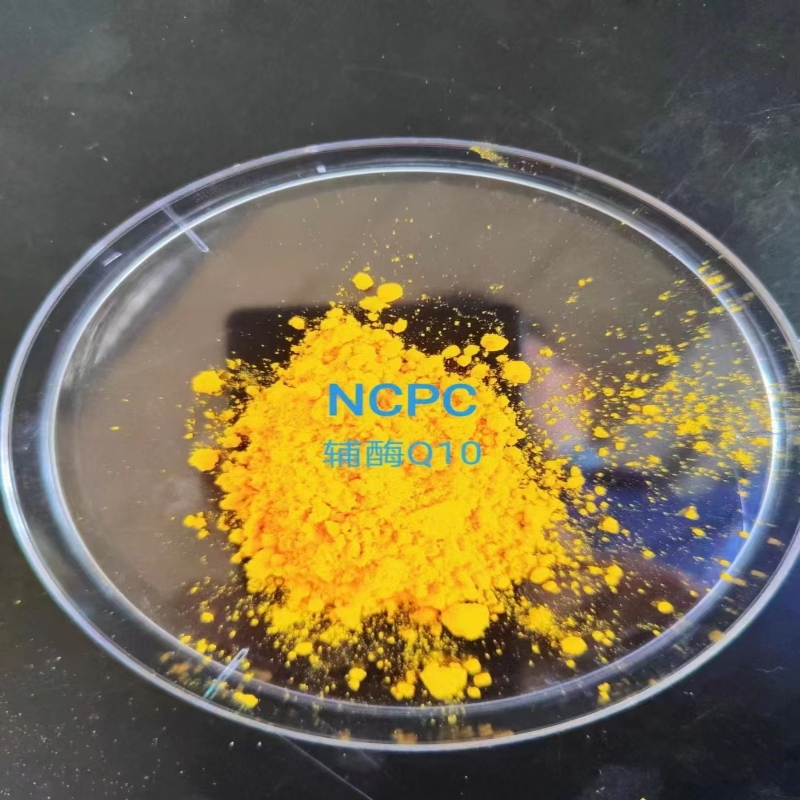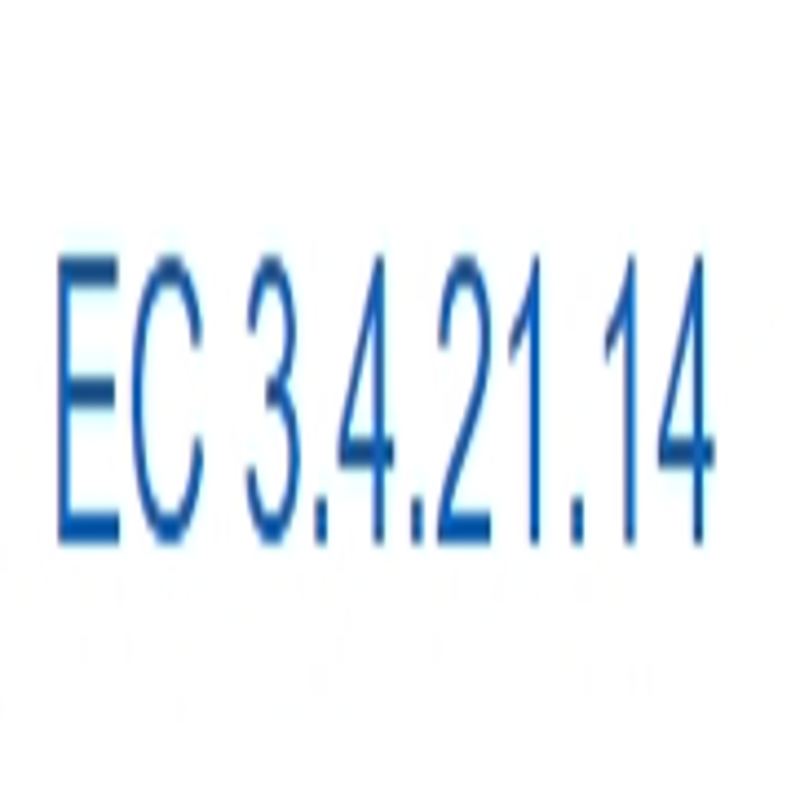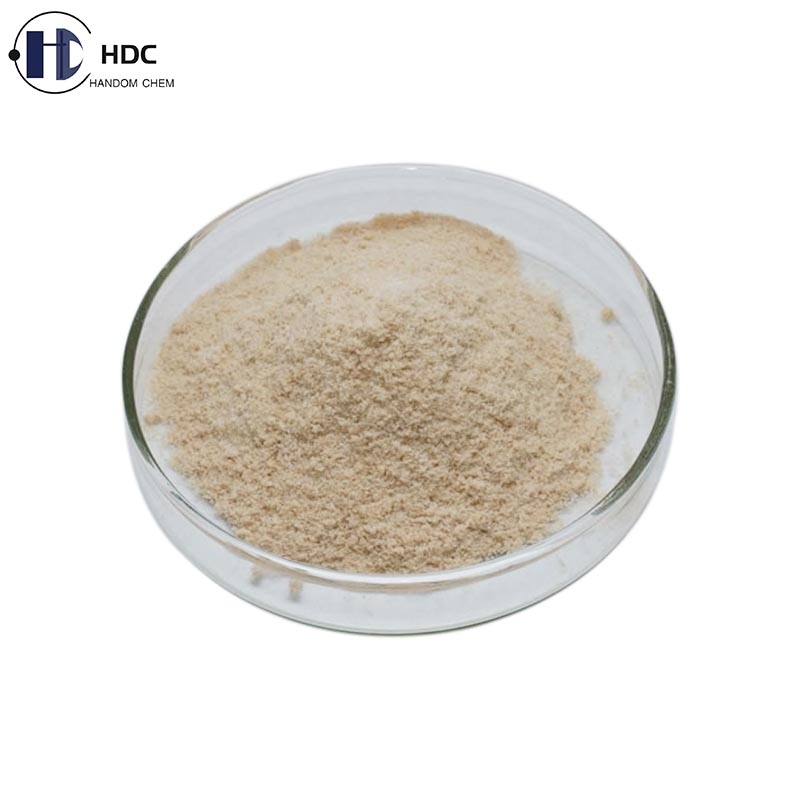Clarification technology of fermentation broth in McAb production
-
Last Update: 2015-07-27
-
Source: Internet
-
Author: User
Search more information of high quality chemicals, good prices and reliable suppliers, visit
www.echemi.com
Antibody therapy is considered to be the most popular recombinant protein therapy Antibody can be expressed at high level in cell culture medium in a soluble and stable form The use of mammalian cells to express uniform humanized antibodies has been widely used, and cell removal and fermentation broth clarification are of great significance for the development of subsequent processes It is easy to be broken and release protease and other host cell proteins, thus affecting the stability and purity of antibody In addition, due to the rich nutrition of cell culture medium, it is easy to infect bacteria, resulting in the pollution of protein and process facilities, so the treatment time is also very important for cell removal and clarification Centrifugation and tangential flow filtration are often used to remove cells in industry In recent years, deep filtration has been widely used Flocculants are also sometimes used to enhance cell removal and centrifugation Sterilization and filtration are generally used as the last step of cell removal and clarification before chromatographic column The current main process structure of cell removal and fermentation broth clarification is shown in Figure 1 Fig 1 the common clarification process of large-scale animal cell fermentation broth is the first stage deep filtration, and the second stage deep filtration and sterilization filtration centrifugation industries mostly use disk stack centrifugation to remove cells and their fragments Disk stack centrifugation can be continuously centrifuged to improve the processing capacity and shorten the processing time Figure 2 shows the structure of disk stack centrifuge In the development of centrifugation process, there are many parameters to be optimized, such as the speed of feeding, the speed of centrifugation, the removal frequency of filter cake layer, etc these parameters will affect the stability of cells, the time of treatment and the yield of antibody These parameters can be optimized to reasonably balance various demands Fig 2 structure of disk stack centrifuge (1) feed, (2) discharge outlet (light phase), (3) centripetal pump, (4) disc, (5) slag storage space, (6) slag discharge port, (7) slag discharge piston valve, (8) centrifugal catcher, (9) discharge outlet (heavy phase), (10) nozzle, (11) metering water injection / open water, (12) timer Tangential flow filtration Tangential flow filtration, like centrifugation, is widely used in the collection of supernatant The advantage of tangential flow filtration is that the cell supernatant without particles can be obtained in one step without additional filtration steps However, it is shown that the concentration polarization layer formed in the membrane will seriously affect the treatment capacity of the membrane and become a major problem of tangential flow filtration In addition, irreversible membrane plugging caused by particles will reduce the service life of the membrane and become another major problem At present, there are many researches on weakening the concentrated polarization layer, such as using the rotating membrane plate to increase the flow velocity near the membrane surface, so as to wash off the concentrated polarization layer Another method is using periodic back washing to wash off the polarization layer For tangential flow filtration system, flux and yield are two important factors to be considered Flux determines the membrane area needed for the treatment of cell fermentation broth, which is of great economic significance High flux will accelerate the blocking of membrane and reduce the life of membrane, so the optimization of flux is very important The chemical properties and pore size of the membrane also play an important role in the flux and cleanability In addition, the capacity of the membrane, i.e the volume of fermentation broth per unit membrane area, is also a very important parameter, which needs to be further optimized The optimization of the capacity of the membrane is of great significance for the amplification of the process Deep filtration deep filtration refers to the use of porous media to intercept solid particles from the mobile phase rather than the surface, and generally the surface of the media is positively charged, so impurities can be intercepted by electrostatic adsorption The principle is shown in Figure 3 Deep filtration is often used when there are many particles in the fluid The deep filter medium is generally composed of cellulose or polypropylene fiber column bed, filter medium (such as diatomite) and adhesive (used to make flat interface) Because centrifugation can not completely remove cells and their fragments, and the cost of tangential flow is too high, so deep filtration is usually used for centrifugation, and can also be used for clarification of cell fermentation broth alone As the pore size of the deep filter medium is not uniform, a sterilization and filtration process will be followed after the deep filter to facilitate the purification of the chromatographic column Fig 3 filtration mechanism of deep filter media the development of deep filter process needs to select filter media first, and the chemical property, pore diameter and charged property of media are the key factors to be considered In the process of medium selection, turbidity of filtrate and the increase of pressure difference of filtrated medium will be two important parameters Another important parameter to choose medium is the pressure difference of the deep filtration and then the sterilization filtration 3M's deep filter products are shown in Figure 4, which can provide different sizes of products required for small-scale, pilot and large-scale production in the laboratory Figure 4 is applicable to the clarification process of cell fermentation broth by integrated deep filtration products of different scales 3M recommends two modes of single-stage deep filtration and double-stage deep filtration, which can completely replace the centrifugal step The turbidity of the filtrate is less than 10NTU, and the flux is generally above 100L / m2 The specific selection scheme is shown in Figure 5 Fig 5 clarification process of cell fermentation broth In addition, 3M also has a series of strong charged ZB products, which can be applied to the clarification process with specific requirements for the removal of DNA or HCP Flocculation flocculation through a variety of ways is the fermentation of small particles into large particles to enhance the subsequent filtering effect By adsorbing small particles to form large particles, the flocculant reduces the small particles blocking the membrane pores, reduces the compressibility of particles, and reduces the filtration resistance of the filter cake layer The common flocculants are diatomite and perlite However, adding these soil materials to the fermentation broth may not be a problem for prokaryotic expression products, but it may have application limitations for clean eukaryotic fermentation broth Therefore, the fixation of these materials by deep filtration is often used to clarify the fermentation broth Summarizing the appropriate cell removal and clarification process units depends on the scale of production and process facilities With the development of large-scale technology, the yield of protein in cell removal and clarification process is over 98% At present, centrifugation has become a popular cell removal method (larger than 2000L) Disk stack centrifugation is easy to clean and sterile than many large tangential flow devices However, the use of the centrifugal device will inevitably require the secondary clarification process of the fermentation broth In addition, it needs to provide relevant verification data, and the maintenance cost is relatively high Deep filtration is accepted by more and more biopharmaceutical customers because its process is easier to enlarge, lower cost, shorter processing cycle, and its operation is more flexible and simple
This article is an English version of an article which is originally in the Chinese language on echemi.com and is provided for information purposes only.
This website makes no representation or warranty of any kind, either expressed or implied, as to the accuracy, completeness ownership or reliability of
the article or any translations thereof. If you have any concerns or complaints relating to the article, please send an email, providing a detailed
description of the concern or complaint, to
service@echemi.com. A staff member will contact you within 5 working days. Once verified, infringing content
will be removed immediately.







